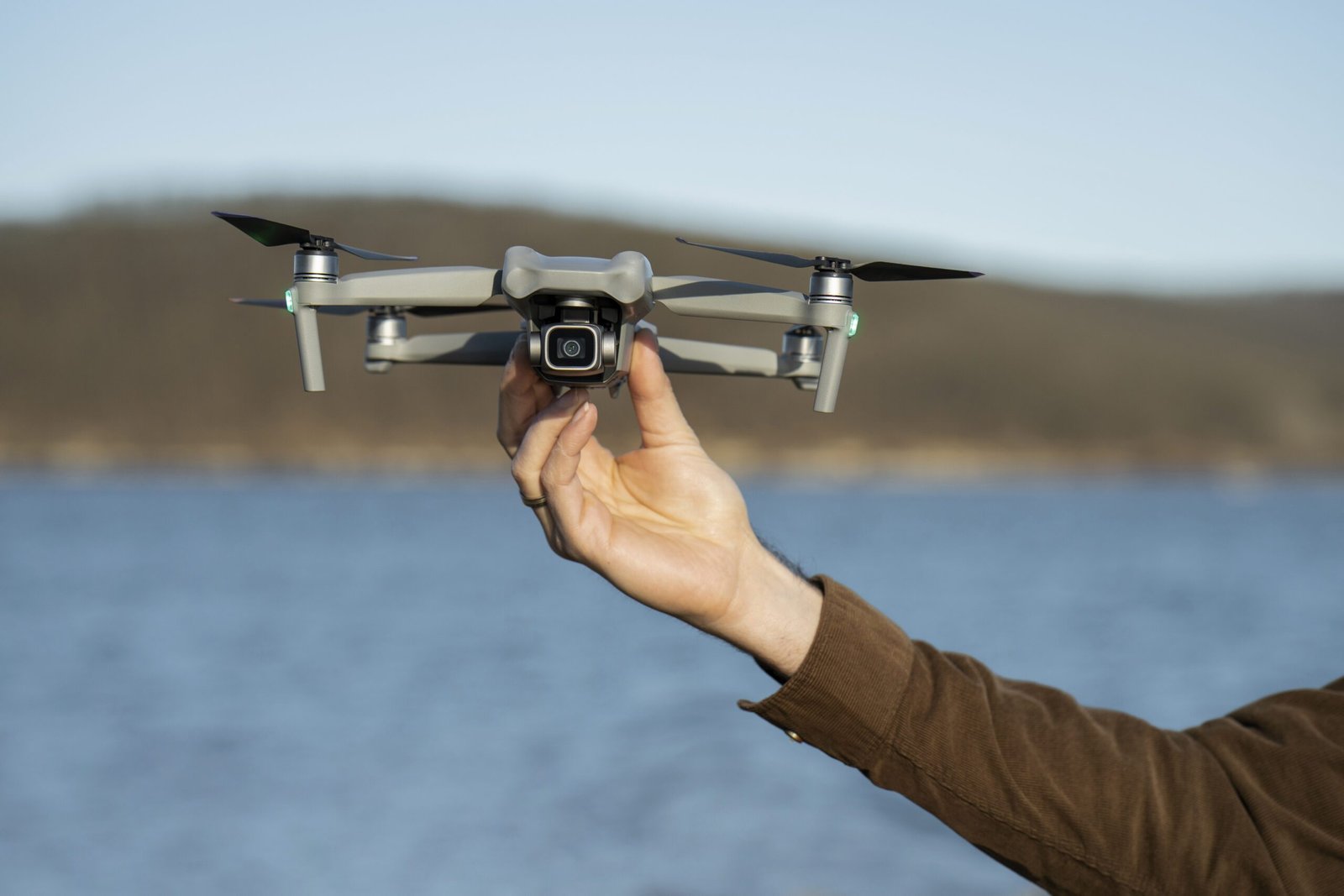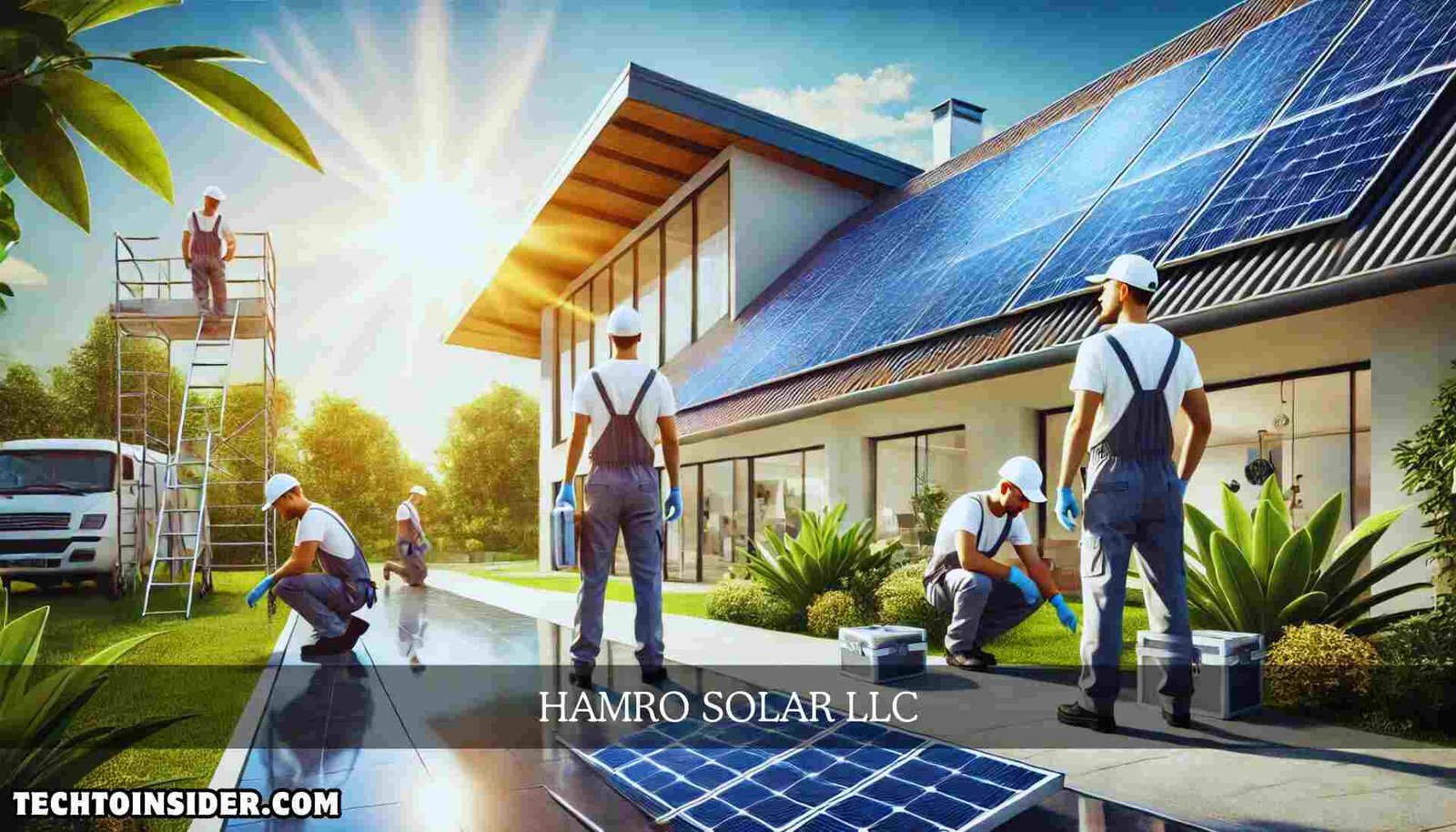Drones with Long Flight Times
Drones, once limited by their constrained flight times, have undergone a remarkable evolution in recent years. The demand for extended flight durations has fueled innovations in battery technologies, materials, and design. This article delves into the intricacies of drones with long flight times, exploring the factors influencing their endurance and the diverse applications across various industries.
Introduction
In the domain of drones, ‘long flight times’ denote the duration a drone can remain airborne on a single battery charge, a critical metric with profound implications for industries relying on unmanned aerial vehicles (UAVs). The significance of extended drone flight times has emerged as a transformative factor in diverse sectors including agriculture, search and rescue, filmmaking, and beyond. Recognizing the factors that contribute to prolonged flight times is imperative for the optimization of drone performance in these industries.
Key Factors Affecting Drone Flight Time
Battery Capacity and Technology
The backbone of drone endurance lies in its battery. Advances in battery technology, such as lithium-sulfur batteries and solid-state batteries, have significantly increased energy density, allowing for prolonged flights.
Drone Weight and Design
Lightweight materials and aerodynamic design contribute to a drone’s efficiency. Carbon fiber construction and streamlined shapes reduce weight and air resistance, enhancing overall flight performance.
Aerodynamics and Efficiency
Intricate aerodynamic features, including variable pitch propellers and winged designs, optimize lift and thrust, contributing to a drone’s ability to navigate the skies with minimal energy consumption.
Environmental Conditions
Flight times can vary based on external factors. Environmental sensors and smart flight planning equipped with artificial intelligence (AI) play a crucial role in adapting drones to changing conditions.
Advanced Battery Technologies
Lithium-sulfur batteries, boasting a higher energy density compared to conventional lithium-ion batteries, emerge as a promising solution for extended drone flights due to their lightweight composition and enhanced capacity. Solid-state batteries, by eliminating liquid components, enhance both safety and energy efficiency, prompting substantial research and development efforts to potentially revolutionize drone power sources. Hydrogen fuel cells, as a sustainable alternative, provide a continuous power supply, paving the way for longer drone flights and contributing to environmentally friendly aerial solutions. In the realm of emerging innovations, ongoing research explores technologies such as energy harvesting and wireless charging, offering exciting prospects for further extending drone flight times.
Lightweight Materials for Extended Flight
Carbon fiber, celebrated for its exceptional strength and lightweight characteristics, stands out as a favored material for constructing drone frames. Its incorporation not only reduces the overall weight of the drone but also ensures structural integrity remains uncompromised. In addition to carbon fiber, aluminum alloys present a compelling option, striking a balance between durability and weight. Manufacturers tailor material choices to suit specific use cases and meet industry demands. Furthermore, advancements in high-strength polymers offer a valuable alternative, providing durability without the burden of excess weight, thereby contributing to the overall efficiency of drones designed for extended flights.
Aerodynamic Design for Efficiency
Emphasizing aerodynamic efficiency, streamlined drone designs are crafted to minimize air resistance, promoting smoother flights and reduced energy consumption. Engineers prioritize shape optimization tailored to diverse applications. Another innovation contributing to enhanced drone performance is the use of variable pitch propellers, capable of adjusting blade angles mid-flight to adapt to changing conditions. This dynamic feature significantly improves efficiency and stability, ultimately extending the operational time of the drone. The comparison between winged drones and quadcopters becomes pivotal, with winged drones mirroring the flight mechanics of airplanes and potentially offering increased efficiency. The selection between the two depends on specific mission requirements and operational objectives.
Environmental Sensors and Smart Flight Planning
The integration of environmental sensors, such as GPS, altimeters, and obstacle detection systems, empowers drones with intelligent navigation capabilities, allowing them to adapt to their surroundings and navigate efficiently while optimizing energy use. Complementing this, AI-based flight path optimization employs algorithms to analyze real-time data, considering factors like weather conditions, terrain, and obstacles. This sophisticated approach ensures the drones navigate with optimal efficiency. Furthermore, drones equipped with weather and terrain awareness capabilities can dynamically adjust their flight strategies in response to environmental changes, enhancing both efficiency and safety during operations.
Long Flight Time Drones in Agriculture
The extended flight times of agricultural drones play a crucial role in efficiently monitoring large farms, enabling real-time assessment of crop health, identification of irrigation needs, and detection of pest infestations across vast areas. These drones find applications in precision agriculture, where advanced technology facilitates precise data collection for targeted interventions. This approach optimizes resource utilization and enhances overall agricultural productivity. The continuous aerial surveillance provided by drones allows for detailed assessments of crop health, empowering farmers to identify issues at an early stage and implement timely and effective solutions to ensure optimal crop yields.
Applications in Search and Rescue Operations
A. Drones with extended flight times significantly bolster surveillance capabilities, offering continuous and invaluable support in search and rescue missions. This extended duration enhances the ability of responders to locate and assist individuals in distress, contributing to more effective and successful rescue operations.
B. The combination of quick deployment and prolonged flight capabilities of drones proves instrumental in emergency situations. This enhances the speed and efficiency of emergency response efforts, particularly in challenging terrains where traditional methods might face limitations. The agility and endurance of these drones play a vital role in addressing urgent situations promptly.
C. Advanced imaging technologies, such as night vision and thermal imaging, equip drones with the capability to operate effectively during nighttime and low-visibility conditions. This technological advantage significantly expands the utility of drones in search and rescue missions, allowing them to provide crucial assistance even in challenging environments or under adverse weather conditions.
Surveying and Mapping with Extended Flight Times
A. Extended flight times significantly enhance the efficiency of data collection in surveying and mapping applications. Drones with prolonged endurance can cover larger areas in a single mission, contributing to the optimization of data collection processes and providing more comprehensive and detailed information.
B. The capability for long-duration flights enables drones to capture high-resolution imagery, which is particularly beneficial for mapping purposes in construction, urban planning, and environmental monitoring. This capacity for high-resolution mapping ensures the acquisition of detailed and accurate data, supporting various industries in their planning and decision-making processes.
C. Drones equipped with cameras and sensors become invaluable tools for infrastructure inspection, including assessments of bridges and power lines. The extended flight times offer a cost-effective and timely means of inspecting and monitoring infrastructure, allowing for the early detection of potential issues and contributing to the overall maintenance and safety of critical assets.
Challenges in Achieving Long Flight Times
A. Despite notable advancements, technical challenges such as the weight of batteries and limitations in energy density persist, imposing constraints on the duration of drone flights. Overcoming these hurdles is crucial for unlocking the full potential of long-flight drones.
B. The deployment of long-flight drones is significantly influenced by regulatory constraints. Stringent aviation regulations necessitate compliance with airspace rules and safety standards, creating challenges for the widespread use and integration of drones with extended flight capabilities.
C. Drone manufacturers face an ongoing challenge in balancing performance and payload capacity. Optimizing flight times while accommodating the necessary payload requirements poses a constant dilemma, as manufacturers strive to enhance both endurance and functionality without compromising overall efficiency. This delicate balance is pivotal for meeting diverse operational needs and ensuring the versatility of long-flight drones.















Post Comment